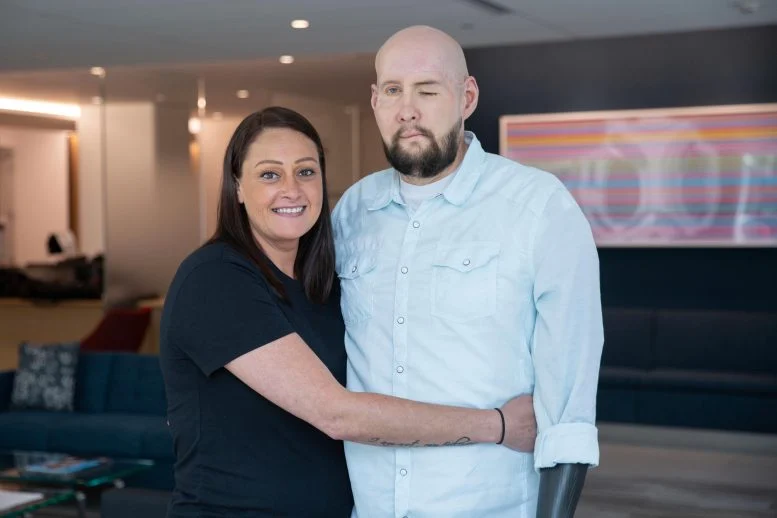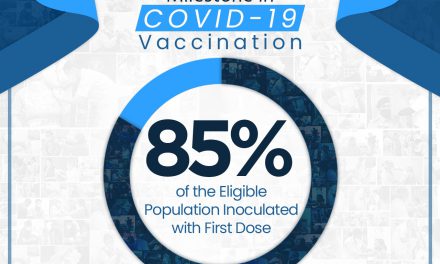In a landmark achievement for the field of transplant surgery, NYU Langone Health has successfully performed the world’s first combined face and whole-eye transplant, marking a significant milestone in vascularized composite allotransplantation (VCA). This pioneering procedure, which took place in 2023, showcased cutting-edge surgical innovations aimed at optimizing transplant blood flow, ensuring the viability of the transplanted eye.
Innovations in Transplant Blood Flow
The groundbreaking operation was led by Dr. Eduardo D. Rodriguez, director of the face transplant program at NYU Langone Health, and involved a multidisciplinary team of over 140 medical professionals. The surgical team utilized personalized cutting guides and an innovative “shortcut” technique designed to maintain optimal blood circulation to the transplanted eye. This was crucial for preserving the eye’s functionality during the complex procedure.
One of the central challenges in eye transplantation is maintaining blood flow to the retina, a vital factor for the eye’s viability. To address this, the team developed a microvascular bypass technique that connected nearby blood vessels—the superficial temporal artery and vein—to the transplanted eye’s ophthalmic artery and vein. This novel approach minimized retinal ischemia, or loss of blood flow, while simultaneously restoring circulation to both the face and eye.
Key Surgical Achievements
The innovative techniques employed during the surgery led to several key achievements:
- Reduced Ischemia: The microvascular bypass technique significantly shortened the period without blood flow, protecting the transplanted eye.
- Enhanced Blood Flow: Post-surgery assessments confirmed robust blood circulation to the retina and surrounding areas.
- Surgical Precision: Customized cutting guides facilitated precise alignment, preserving the intricate structures of the eye and adjacent tissues.
Dr. Bruce E. Gelb, associate professor at the NYU Grossman School of Medicine, emphasized the significance of this achievement. “The successful transplantation of a face and whole eye demonstrated that with the right surgical techniques, a whole-eye transplant is feasible and can maintain long-term viability,” he stated. While the primary goal was not sight restoration, the maintenance of a healthy, vascularized eye represents a critical advancement with the potential to influence future procedures.
A Patient’s Journey
The transplant was performed on Aaron James, a 46-year-old military veteran from Arkansas, who had suffered extensive facial and eye injuries from a high-voltage electrical accident. This surgery not only aims to improve his quality of life but also paves the way for future innovations in the realm of eye transplants.
The NYU Langone Health surgical team is set to present the details of this groundbreaking work at the upcoming 2024 American College of Surgeons (ACS) Clinical Congress in San Francisco, highlighting the potential of eye transplant procedures and the advancements made in the field of VCA.
As the medical community looks to the future, this pioneering surgery offers hope for patients requiring complex transplants, signaling a new era in reconstructive surgery and organ transplantation.












